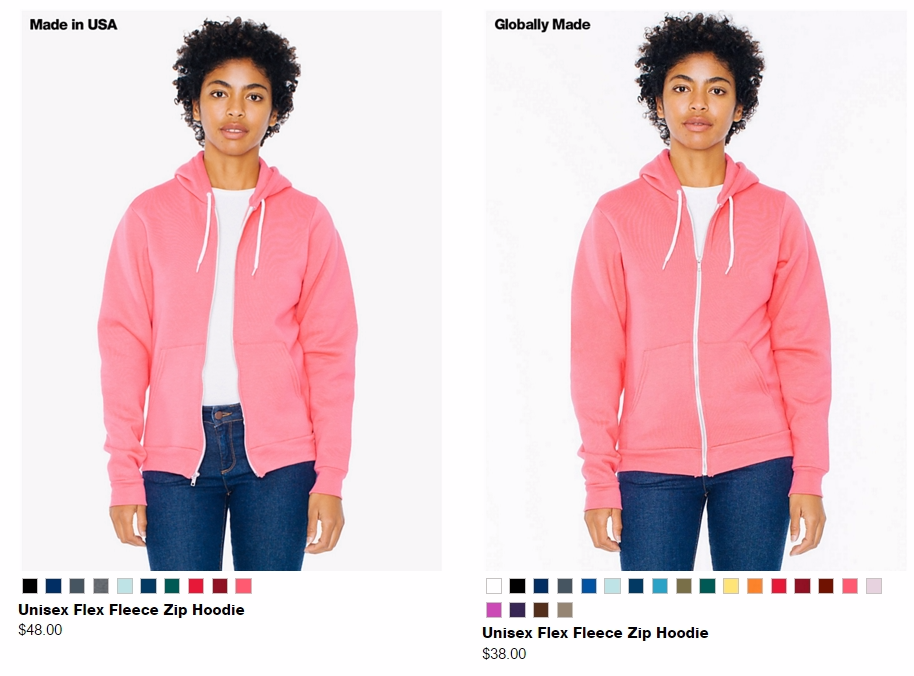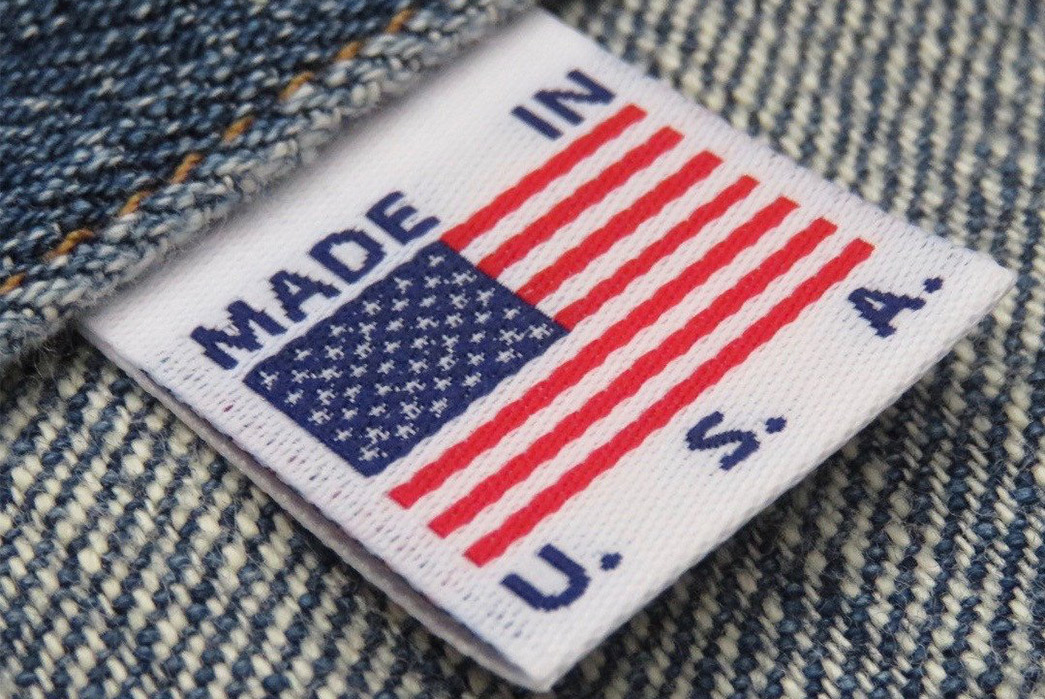Cotton may be the fabric of our lives, but FABRIC may be the Act of our lives for those of us involved in the garment production industry in the United States.
On May 12, New York Senator Kirsten Gillibrand debuted a new piece of legislation that would improve worker’s rights in the U.S. garment industry as well as incentivize more domestic manufacturing. The name is a bit of a mouthful, the Fashioning Accountability and Building Real Institutional Change (FABRIC), but comes co-sponsored by Senators Cory Booker (D-NJ), Elizabeth Warren (D-MA), and Bernie Sanders (D-VT).
We often hear about legislation attempting to bring back American jobs and improve working conditions, but much of it is lip service that never completely materializes. The text as it stands though would represent the biggest overhaul for American labor rights since the Fair Labor Standards Act of 1938. So what does this FABRIC Act do (and not do) to address the real concerns in this ever-shrinking manufacturing sector?
What does the FABRIC Act do?
The full text is available here, but there are five main parts:
- Outlaw “piece rates” that pay workers by the items produced rather than hourly, which often undercut the minimum wage
- Create liability for brands and their manufacturing partners who underpay workers and violate labor practices
- Establish new records and transparency for garment producers, like a national registry of garment makers at the Department of Labor
- Create new tax incentives for brands that produce domestically
- And award grants to manufacturers to update their equipment and facilities to produce more domestically
So to break those down, the “piece rates” part is fairly straightforward and follows what California just did with the Garment Worker Protection Act last year. Piece rates are when factory managers pay workers per shirt cuff sewn or whatever and frequently use this to pay workers way below the minimum wage.
In California, the minimum wage is $14 per hour, but a survey of garment workers in Los Angeles found that the average worker only earned $5.15 because of piece work pay. Bills like this usually have carve-outs for smaller companies, but interestingly the FABRIC Act doesn’t specify factory size, so this means everybody–no more piecework in the entire US.
With regards to liability measures for brands, the text states that, ‘‘Any person who violates section 8 [outlawing piece rates] shall be liable for such legal or equitable relief as may be appropriate to effectuate the purposes of such section, including the payment of wages lost and an additional equal amount as liquidated damages.” So that’s a little fuzzier than stating any specific fine or fee, and it does put the onus on the worker to seek and prove damagers for lost wages but it does at least establish some means for recourse.
The new records and transparency measures will hopefully be the actual teeth for these violations. Up until now, the Department of Labor didn’t even know all of the manufacturers in the country. Hopefully, this will mean way more audits of factories and interviews with workers to make sure they’re not being abused or underpaid. It’s a little ridiculous that such records weren’t being kept before now, but better late than never.
As for tax incentives, what are the hard numbers we’re actually talking about here? The text of the bill reads, “The insourcing expenses credit for any taxable year is an amount equal to 30 percent of the eligible insourcing expenses of the taxpayer which are taken into account.” Nearly a third of all expenses as a tax credit isn’t too shabby. This may be enough to counter the premium consumers usually face for American-made clothing. In 2017, American Apparel briefly gave shoppers the option to buy the same garment made in USA vs. “Globally Made”, with the former priced about 25% over the latter. If this actually makes it in, it could make American-made goods cost-competitive with their outsourced counterparts.

Image via American Apparel.
The final piece of the Act, however, is the most disappointing. The bill would award grants of no more than $5 million for,
- Investments in training and workforce development for employees within the garment industry
- The acquisition of relevant tools and equipment for garment manufacturing in the United States
- The acquisition of, and capital improvements to, facilities for garment manufacturing in the United States and to promote the health and safety of employees in such facilities
- Efforts to assist in educating employees about rights under this Act and other relevant Federal, State, or local laws
Decent options, although I can’t think of any factory owner spending money on the last one, but the disappointing part is there’s only $40 million allocated for these grants. This money will probably help a few struggling manufacturers update their facilities but it’s a sneeze in the wind when spread out nationwide. American textile and apparel exports shrunk by $3 billion in 2020, so it’s hard to see a grant amount of one-tenth of one percent of that as anything more than symbolic.
Will the FABRIC Act bring back made in USA clothing?
Given the current state of the US Senate, it’s hard to imagine the bill passing in its current form, but it’s possible something like “made in USA” could shore up bipartisan support from left-leaning legislators that want to increase labor regulation and conservatives who claim to want more domestic manufacturing.
If it does, the elimination of piece-rates will completely shake up the way garment workers are paid in this country and probably make clothing produced here a little more expensive because it’s been subsidized by underpaying workers for decades. Even if the bill only included that provision, it would be more than worth it, as such exploitative jobs should have no place in the United States, but hopefully, that extra pay will be more than offset by the 30% tax credit on all spending related to making things here.
Either way, these regulations are long overdue and could help many small manufacturers that have kept their doors open in the US long after trade policy in the 90s made it untenable to produce domestically, even more, if they put some real money behind the grants.
We’ll be following this bill closely. If you like what you see, be sure to contact your senator and tell them to publicly support it.





